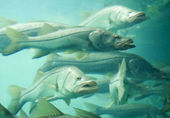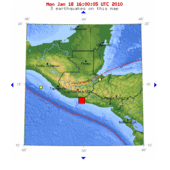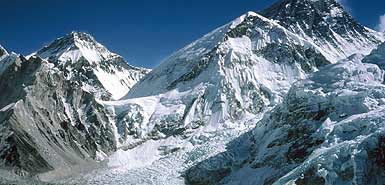In the past dozen years, no fewer than three never-before-seen diseases have decimated populations of amphibians, bees, and - most recently - bats. A growing body of evidence indicates that pesticide exposure may be playing an important role in the decline of the first two species, and scientists are investigating whether such exposures may be involved in the deaths of more than 1 million bats in the northeastern United States over the past several years.
... The recent spate of widespread die-offs began in amphibians. Scientists discovered the culprit - an aquatic fungus called Batrachochytrium dendrobatidis, of a class of fungi called "chytrids" - in 1998. Its devastation, says amphibian expert Kevin Zippel, is "unlike anything we've seen since the extinction of the dinosaurs." Over 1,800 species of amphibians currently face extinction.
It may be, as many experts believe, that the chytrid fungus is a novel pathogen, decimating species that have no armor against it, much as Europe's smallpox and measles decimated Native Americans in the sixteenth and seventeenth centuries. But "there is a really good plausible story of chemicals affecting the immune system and making animals more susceptible," as well, says San Francisco State University conservation biologist Carlos Davidson.
OF THE
TIMES








Comment: How much more evidence do we need that rather than "blunders" it is deliberate fudging and misrepresentation of climate data that is behind the erroneous claims that our planet is heating up and that it is due to human-based carbon emissions